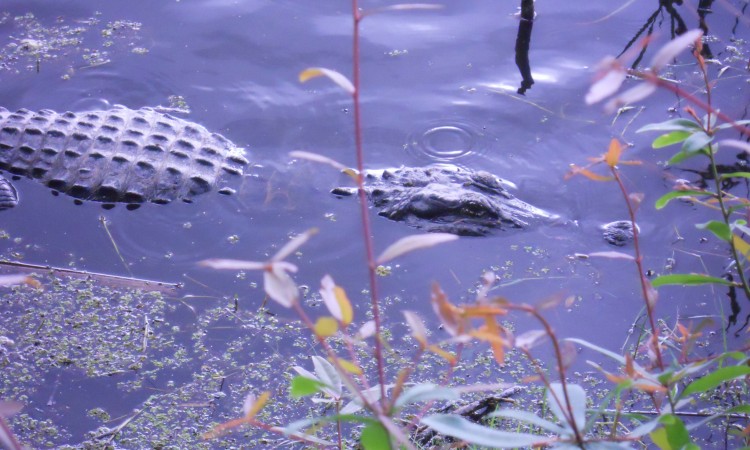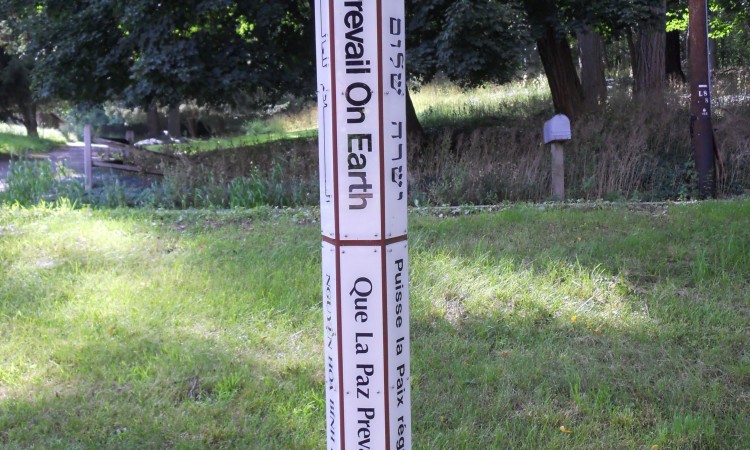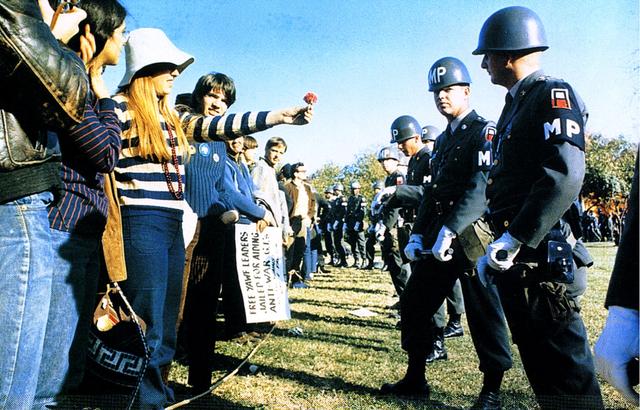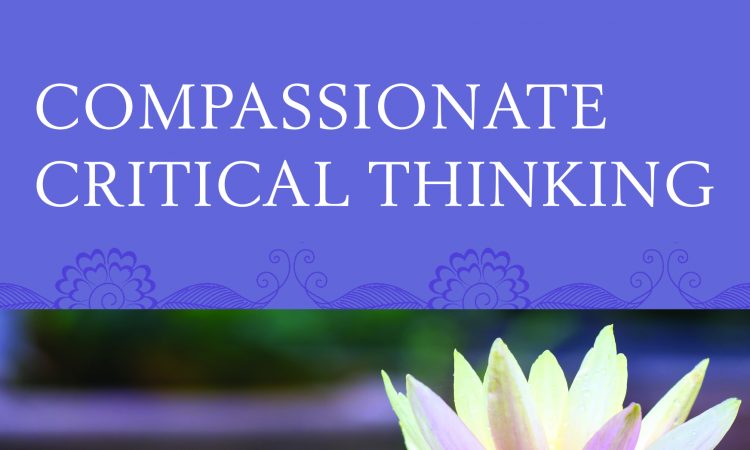Betsy DeVos is Mr. Trump’s choice to be the Secretary of Education. She is in favor of “choice,” meaning she favors vouchers and charter schools. A voucher system means public funds are used to pay for students to attend religious or possibly private or charter schools instead of public ones. This means we might soon have a chief of education who wants to dismantle public education. I oppose this nomination.
Why is it a bad idea to privatize public education? Is this nomination a culmination of recent moves made by wealthy private interests to undermine public schools? If you’d like a short historical review and analysis from earlier blogs, read on.
For the last 30 years or more there have been waves of attacks on public schools in the US. These attacks go along with a larger war on the concept and institutions of democracy. How? One of the functions of public schools is to educate all students to be able to understand and meaningfully participate in a democratic government. It is to “level the playing field” so people who put in the effort can create a good life. Are we now purposely creating “separate and (certainly not) equal?”
Diane Ravitch argues in her book Reign of Error that different corporations, working with political institutions and individual politicians, have been leading an effort to undermine public schools by undermining teachers and teacher unions. They have been attacking the very concept that a public institution working for the general good, instead of a for-profit corporation, can successfully manage and direct an educational system (or a water, health, or other system).
The strategy calls for publicizing often inaccurate and deceptive information to create a sense of a crisis in education so corporations can step in and save the day. For example, A Nation At Risk, a report issued by the Reagan administration in 1983, claimed public education and teachers were responsible for everything from a declining college graduation rate to the loss of manufacturing jobs. It said, “If an unfriendly foreign power had attempted to impose on America the mediocre educational performance that exists today, we might well have viewed it as an act of war.” It said graduation rates, SAT scores, etc. were decreasing—all later proved untrue. Academic achievement from 1975 to 1988 was actually improving, and not only for middle class white Americans. The divide in academic achievement between rich and poor, white and people of color, was diminishing. The A Nation At Risk report was just the beginning.
With the fomenting of decreasing trust in teachers and public schools, there was also increasing pressure to turn to private companies to create assessments, curriculum, and even to decide who would be allowed to teach our children. In 2001, President Bush supported and signed the No Child Left Behind legislation. This was a “noteworthy” achievement. It increased the number of standardized tests that our students had to take which made us the most tested nation in the world. Then came President Obama’s Race To The Top legislation in 2009. Amongst other things, this set the stage for the Common Core, and mandated that test scores be used in teacher evaluations, and encouraged the closing of public schools whose students “underperform” on test scores. The result was that some of those dire claims about the education of our children began to come true.
Once most of the country was fooled into thinking of public education as facing a large scale crisis, there were increasing calls to privatize schools and create privately run, publicly funded, charter schools, and vouchers. From 2003-4 to 2013-14, for example, the number of students enrolled in charter schools rose from 1,6 million to 2.5 million. This number continues to rise. With charter schools, public money is transferred from teachers and administrators, who are mostly in the middle or lower class, to corporate investors. In the case of cities like NYC, hedge fund managers, whose primary goal is fast profits, have taken over several charter schools.
Secondly, these schools, as Diane Ravitch points out, “…are deregulated and free from most state laws… This freedom allows charter schools to establish their own disciplinary policies and their own admission rules.” Unlike public schools, which must take any and every student who comes to their door, charter schools can screen for the most advantaged students. Despite this screening, charter schools are no more successful then public schools. And, when adjusted for the economic situation of students, statistics show they often do worse. Charter and other privately run schools can hire uncertified teachers who are not unionized, not as well trained, and who can be paid less. The public sector can now be drained of funds and left to educate the most disadvantaged students with fewer resources.
Public schools were further undermined over this same time period by federal, state, and local cuts to educational budgets, including cuts in teaching staff. In 35 states, for example, the funding in 2012-2013 was below 2008 levels. At the same time, there was an increase in spending on standardized testing. I don’t think it’s smart to try to increase the performance of schools by decreasing the number of teachers teaching. During this time, however, there were increasing outcries against the common core tests. From 2013 until today, more and more parents have helped their children opt out of standardized tests, and the resistance to teacher evaluations based on those tests has expanded. And soon, we will have new policies by Betsy DeVos that we might want to oppose.
Proponents of “choice” argue their policies will benefit all students and increase equity by forcing competition in the education market. However, this approach treats our children as commodities, sources of money, (as exemplified by speaking of “value-added” to students by schools) and conceptualizes the purpose of education as meeting the needs of employers, not meeting the needs and dreams of students.
If our society truly wanted to create an equitable educational system it would begin by investing more money in schools where the need was greatest. It would treat teachers with the respect they deserve and need in order to creatively and compassionately meet the educational needs of students. It would do a better job of treating students as whole people with emotional, social, and health needs as well as intellectual ones. It would do any of these things before it would spend one nickel on corporate created standardized tests, charter schools or vouchers. So, is the corporate “reform” agenda part of a larger move in our country to undermine not only public education, but the power of the public in general? I hope not. But, I think, that is the result.
**A few links and resources:
For a chart on vouchers and school choice, provided by Steve Singer, BadAss Teachers:
To sign a petition against Betsy DeVos as Education Secretary, go to this link. For information on her connection to the religious right, read this article by Jeff Bryant.
Diane Ravitch blog.









